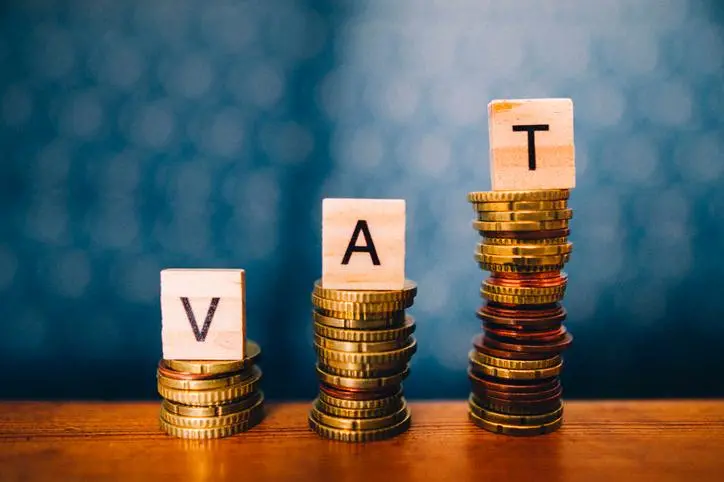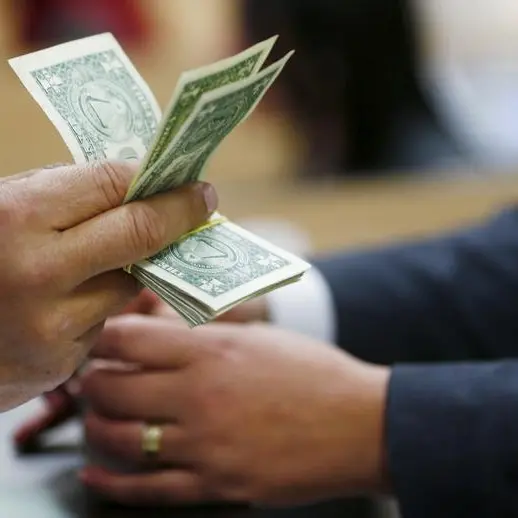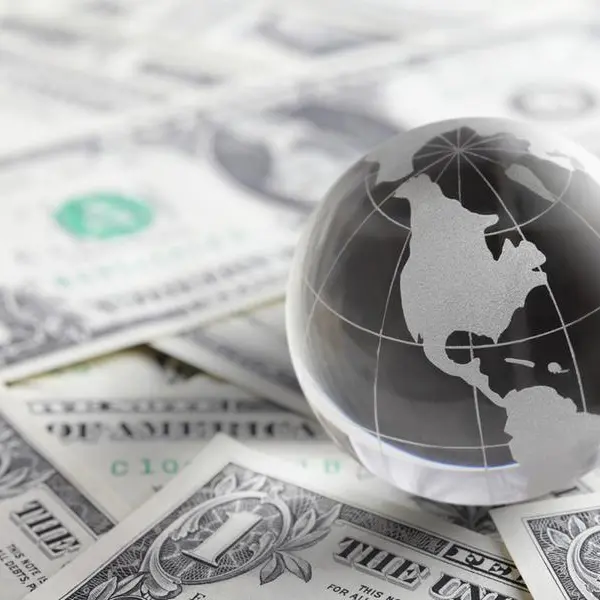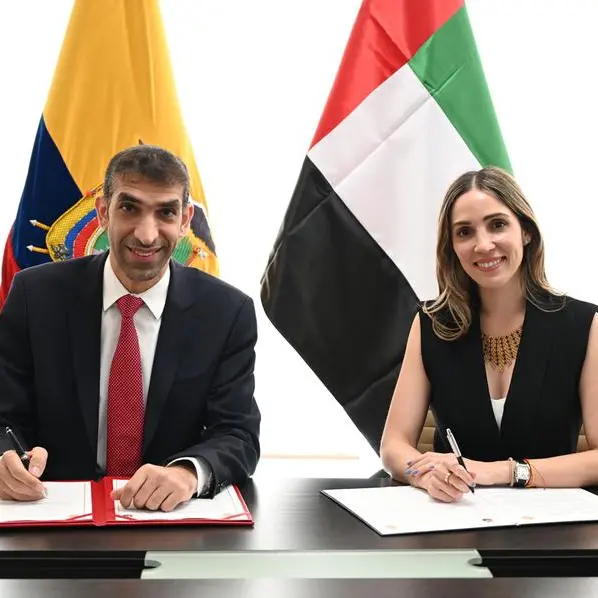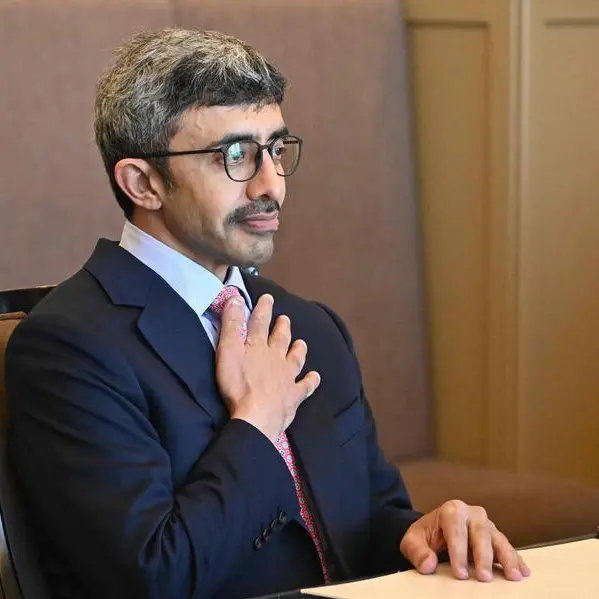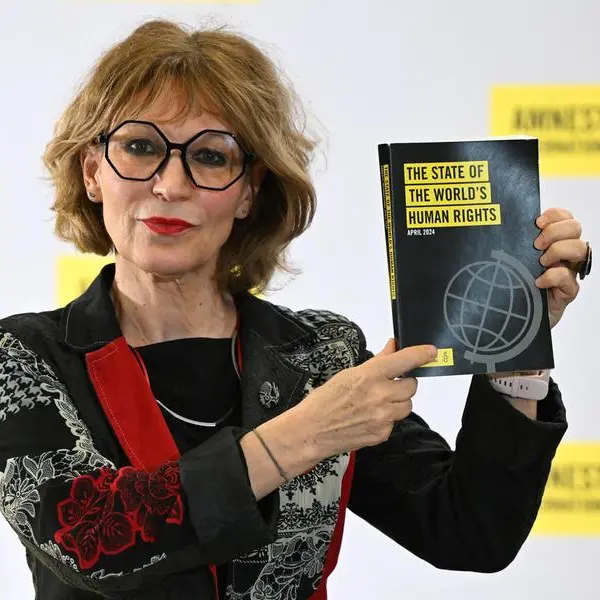PHOTO
Saudi Arabia’s headline annual inflation rose from 0.5% year-on-year (y/y) in June to 6.1% y/y in July, the highest level since 2011, due to the tripling of value-added tax (VAT) from 5% to 15% starting July 1, a report said.
Consumer prices increased from -0.3% month-on-month (m/m) in June to 5.9% m/m in July, said the Mitsubishi UFJ Financial Group (MUGF), a Japanese bank holding and financial services company, in its latest Mena Economic Weekly report.
The tripling in VAT to 15% from 1 July primarily was a response to the precipitous decline in oil prices which in tandem with the coronacrisis induced consumption evisceration, is resulting in a sharp increase in the fiscal deficit and thus raising financing requirements, the report said.
“We expect inflation to hover between 4-6% y/y in the coming 12 months and then swing into negative territory by July 2021 due to base effects. With the economy facing challenges stemming from the oil-virus shocks, and labour market policies weighing on the expatriate workforce, price pressures are likely to remain subdued in the next year,” MUFG said in the report.
Offsetting these deflationary dynamics, a weaker US dollar, given the Saudi riyal (SAR) peg, and a firming in commodity prices (oil and food), will counterbalance some of the inflation weakness from weaker private consumption.
“In July 2021, we expect headline inflation to swing into negative territory primarily due to base effects. The inflation trajectory in the coming 18 months is reminiscent of the inflation path during the initial introduction of VAT in January 2018 wherein base effects caused a sharp fall in annualised inflation one year later in January 2019,” it added.
“Given the USD peg, Saudi Arabian Monetary Authority (Sama) policy rates have moved broadly in sync with the Fed, but we see the central bank lowering its reverse repo by 25bps next year to bring it in line with the upper limit of the Fed funds target rate,” MUFG said.
To preserve the relative attractiveness of the SR to the USD (given the peg), and stem any potential capital outflows as well as capital arbitrage positioning, Sama has maintained broad Fed synchronisation and reduced its policy rates in line with the Fed.
“The Saudi reverse repo rate at 0.5% remains above the upper limit of the Fed funds target rate at 0.25% at the current juncture, and our expectation is that – conditional on a further firming in oil prices and Covid-19 begins to ebb away – Sama will remove this differential in the coming months,” the report said.
“With our US rate strategist, John Hermann, expecting the Fed to remain on hold and maintain its current target range throughout the rest of this year and 2021, we expect Sama to maintain its accommodative monetary policy stance at least until 2022,” it added. – TradeArabia News Service
Copyright 2020 Al Hilal Publishing and Marketing Group Provided by SyndiGate Media Inc. (Syndigate.info).
